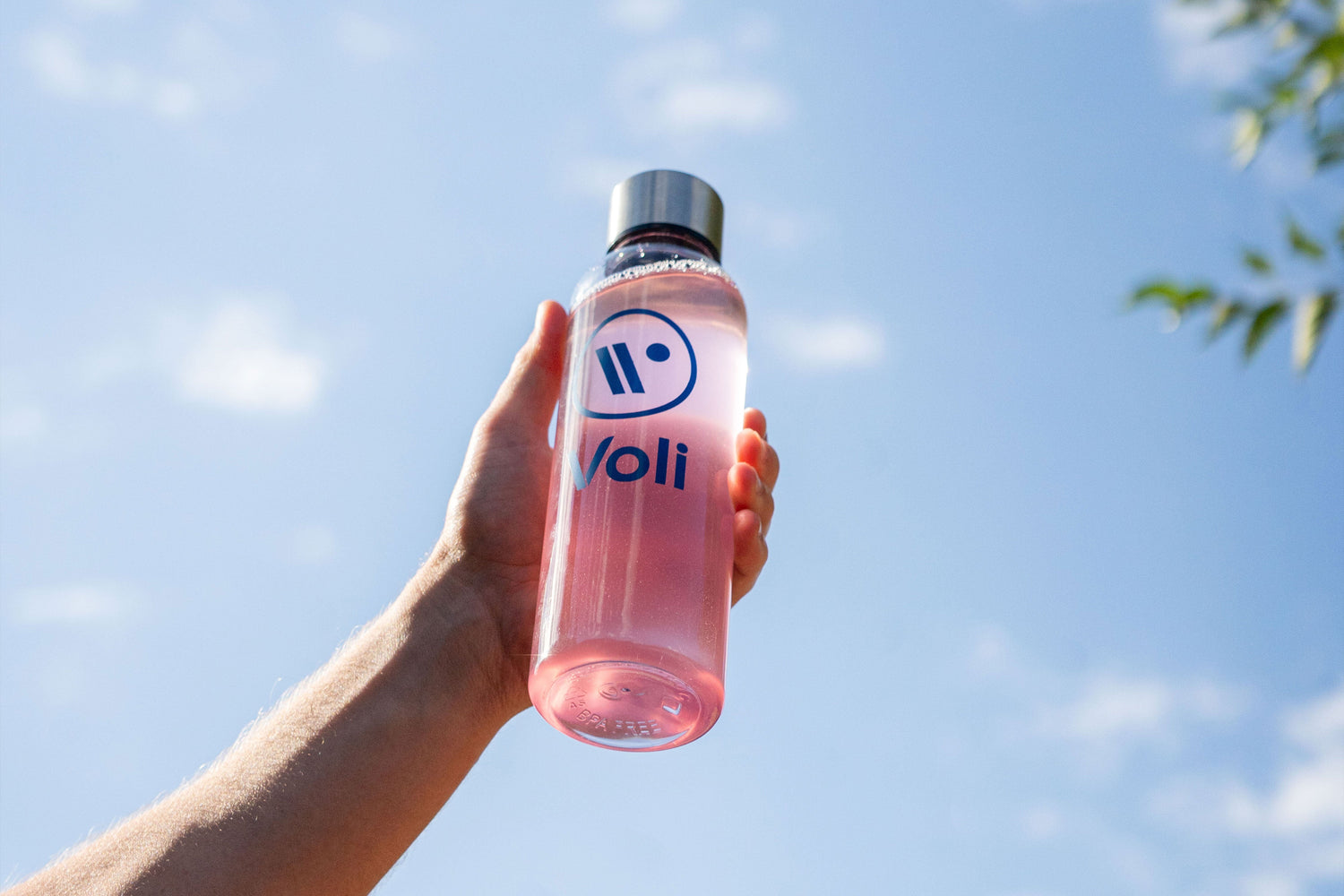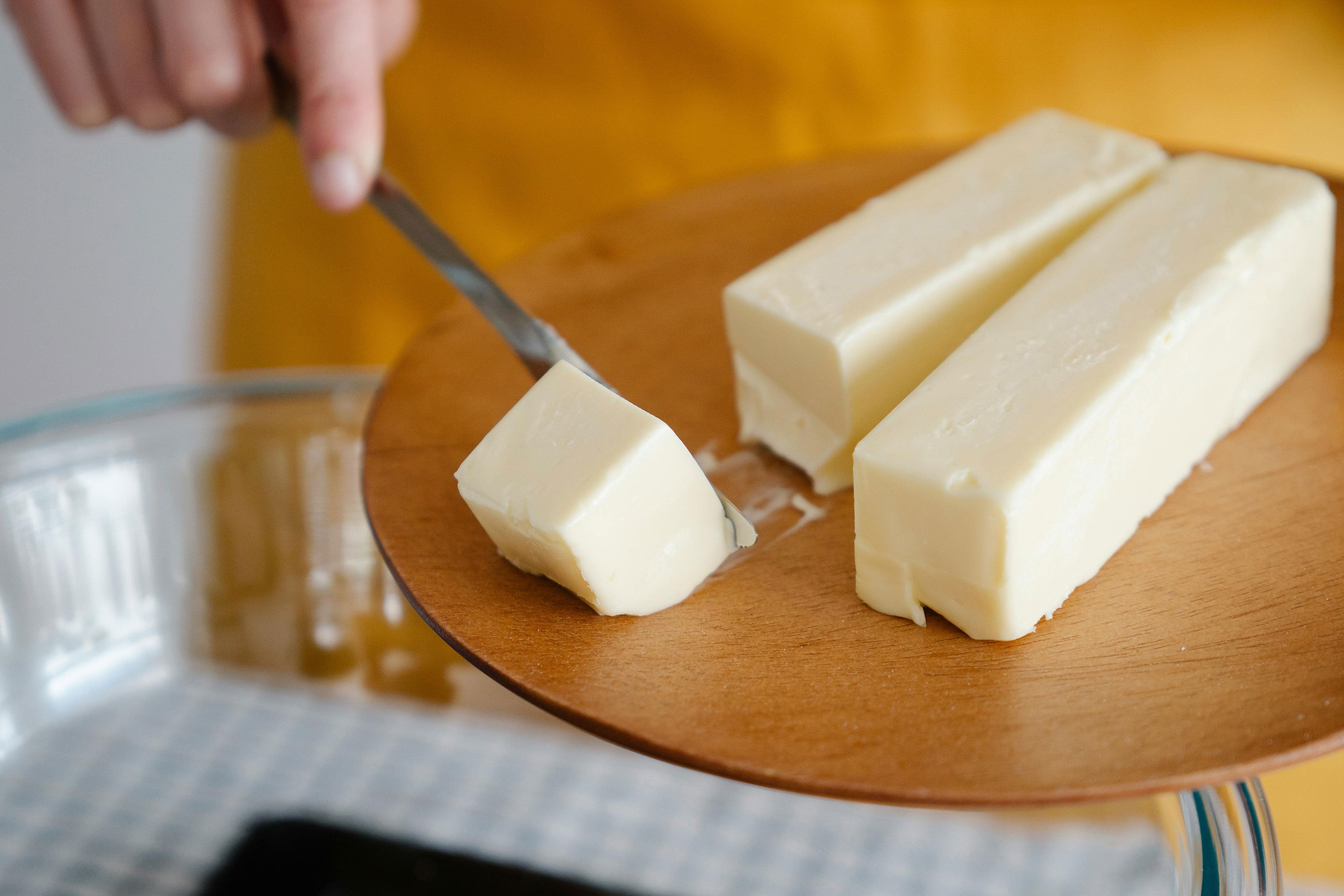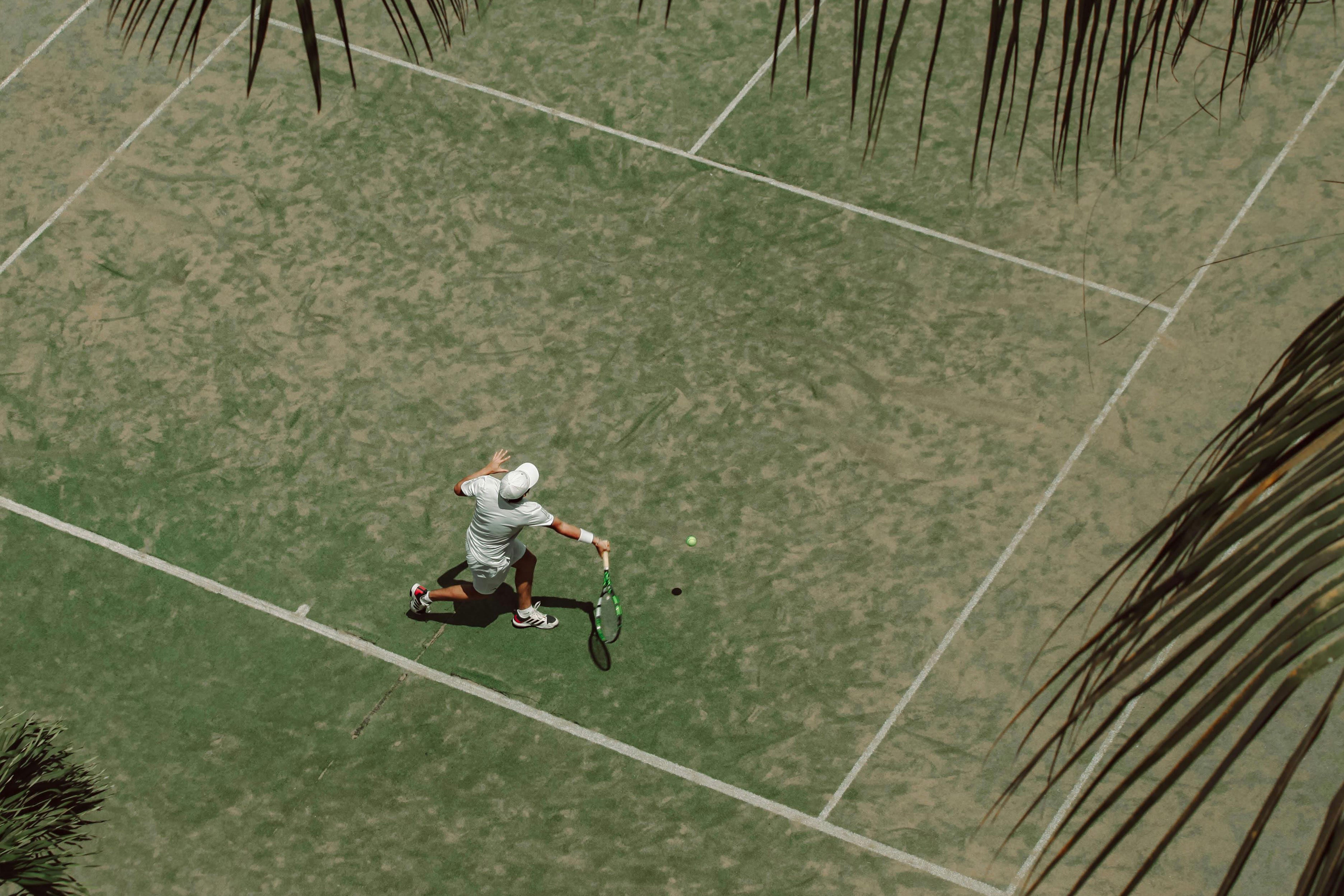Stay Hydrated My Friends
If you grew up watching the 1998 film titled “The Waterboy,” you may have questioned Bobby Boucher’s IQ. With that being said he did have one thing right, that is the importance of water and staying hydrated. According to medical news today, roughly 60% percent of the human body is made up of water and 90% of the blood stream is H20. Needless to say water is essential for human life and all other life on earth for that matter. When it comes to keeping the body hydrated it is not always as simple as “drink plenty of water.” The amount of water that an individual should consume is dependent on several variables. Understanding how to hydrate effectively is pivotal in regards to living a healthy lifestyle.
The Importance of Hydration
To put it into perspective, the average adult can survive over a month without eating any food. On the contrary, the estimated life expectancy without any water is 2-3 days. Of course these are just averages, so there are certainly outliers. When the extremes are put into perspective it gets even more interesting. One man fasted from June 1965-July 1966 for a total of 382 days without food. According to the Guinness book of world records, a man survived 18 days without water. Long story short, water is absolutely crucial for almost every bodily function. Although we can survive a few days without it, the body begins to feel the effects of dehydration within a few hours without fluid intake.
Dehydration
The human body loses water in four different ways. Urination and sweating are the two largest contributors to fluid loss. Water is also excreted through feces (poop) and breathing. Believe it or not a large human can expel 16 ounces of fluid through their breath each day. This is the equivalent of two cups of water or one pint at the local pub. Once the body loses 3-5% of its total fluid volume, it begins to enter into the stages of dehydration.
Stage 1: Mild dehydration occurs when the body loses 5-6% of its total fluids. Symptoms of this stage include thirst, fatigue, dizziness and headache. This type of dehydration can usually be normalized by just drinking water.
Stage 2: Moderate dehydration begins to set in between 7-10% water loss. During this time blood pressure may begin to drop, the skin will dry and sweating/ urination will reduce or cease. During this time the heart rate spikes and overall discomfort sets in. This level of dehydration often requires electrolytes to help aid in normal fluid retention.
Stage 3: Severe dehydration unfolds when the body's fluid loss exceeds 10%. During this time fainting spells and seizures may occur. When water loss hits the 15-25% mark, people can become critically ill and die due to organ shutdown. When dehydration reaches this level it is crucial that electrolytes are consumed inorder to restore proper fluid retention in the body.
Electrolytes and Hydration
The word electrolyte is thrown around abundantly in sports drink commercials. Many people know that they are desirable during exercise but it is important to actually understand why. As we consume foods and beverages we absorb electrolytes into the bloodstream. The most important electrolytes for hydration are sodium, potassium, magnesium and calcium. When a person sweats, breaths, and uses the bathroom, these electrolytes are excreted from the body. It is important to maintain a proper balance of these electrolytes to support proper fluid retention and muscle contraction in the body.
Sodium-Potassium pump : Remember that water follows salt. The salt in the bloodstream interacts with potassium through a unique channel. The salt pulls water from the cell into the bloodstream. For every three molecules of salt that enters the cell two molecules of potassium exit. Through this process positively charged ions are released that are crucial for proper nerve and muscle function. When athletes begin to cramp up after exercise it is a sign that their sodium-potassium ratio is off. This limits the amount of water that is pumped back into the cell. It also reduces the amount of positive ions, resulting in unwanted or uncontrolled muscle contraction. That is why athletes drink salty drinks such as gatorade and pickle juice to reduce cramping. People with high blood pressure are instructed to eat a low sodium diet. This is because too much sodium causes more fluid to be pulled into the vascular system. With more volume, the heart is forced to contract harder to circulate blood throughout the body. Adding more potassium to the diet will help pull water from the blood into the cell. This can help reduce the total blood volume and lower blood pressure.
Magnesium and Calcium: These two electrolytes play a pivotal role in muscle contraction. Simply put, calcium is a key variable that initiates a contraction in muscle tissue; magnesium helps to create muscle relaxation. The balance of these two electrolytes allow for controlled muscle function. If the ratio is off, abnormal contraction can occur. It is important to maintain this balance because the heart depends on it to promote normal electrical impulse and rhythm. If an individual is low in these electrolytes it can result in abnormal heartbeat also known as arrhythmia.
How Much Water is Enough?
WebMD recommends drinking at least .5-1oz of water per pound of body weight. If you weigh 150lbs then you should consume roughly 75oz of water per day. If you workout and sweat a lot or if you reside in a warm environment, 1oz per pound might be necessary. I have read many times that drinking 8 cups of water per day is a great goal to maintain hydration.This equates to roughly 64oz of water. The truth is that this amount of water is ideal for a 128lb individual who doest sweat often. If you are a 200lb male who sweats profusely like myself, this number falls short of the recommended 100-200oz necessary to maintain proper fluid balance. For perspective, 128oz equates to 1 gallon of water. This quantity of water might be shocking for people that consume a fraction of this recommended daily value. Unfortunately, many people are living the majority of their life in a slightly dehydrated state. This might explain constant headaches, muscles cramping and chronic fatigue. If you find yourself in this category, try drinking more water and see how it affects day to day energy levels and well being.
The Takeaway
The body needs a minimum of 500mg of sodium per day for basic functions such as muscle contraction and nerve firing. The recommended daily allowance (RDA) calls for about 2,000-2,500mg per day depending on activity level. For individuals who workout and sweat regularly, more salt might be necessary. Sodium and potassium are the two leading electrolytes in regards to fluid balance. Basically water follows salt, so if you eat an abundance of salt it will pull more water into the bloodstream. This is why we often feel puffy after eating a salty meal. Eating more salt does not dehydrate you, it actually allows you to become more hydrated. You feel thirsty after eating salt because a feedback loop in your brain stimulates excretion of salt by binding it to water and ridding it through urine. The reason sodium is included in hydration supplements is because it is lost through sweat, urine and other bodily functions. Have you ever noticed that after a tough workout you might not pee for several hours. This is because your body is trying to hold onto its sodium and water volume, thus maintaining electrolyte balance. If you consume salt and potassium after sweating a lot it will help accelerate the recovery process because it pumps water into the cells through the sodium potassium channels. This is crucial because cells need water in order for protein synthesis (muscle repair and growth) to occur. Unfortunately many Americans are sedentary and eat a high sodium diet. This often results in high blood pressure and forces the kidneys to process excessive amounts of sodium which is then excreted through urine.
The Voli Message
Our Preactive supplement was formulated with hydration in consideration. When you take Voli, it is time to move and sweat. When sweat begins to bead, salt follows. The Santa Barbara citrus formula includes 345 mg of sodium to help support proper fluid balance and reduce cramping during exercise. Move more, hydrate more, be more.
- Brandon Johnson, DC

@bjohnson42



Leave a comment
All comments are moderated before being published.
This site is protected by hCaptcha and the hCaptcha Privacy Policy and Terms of Service apply.